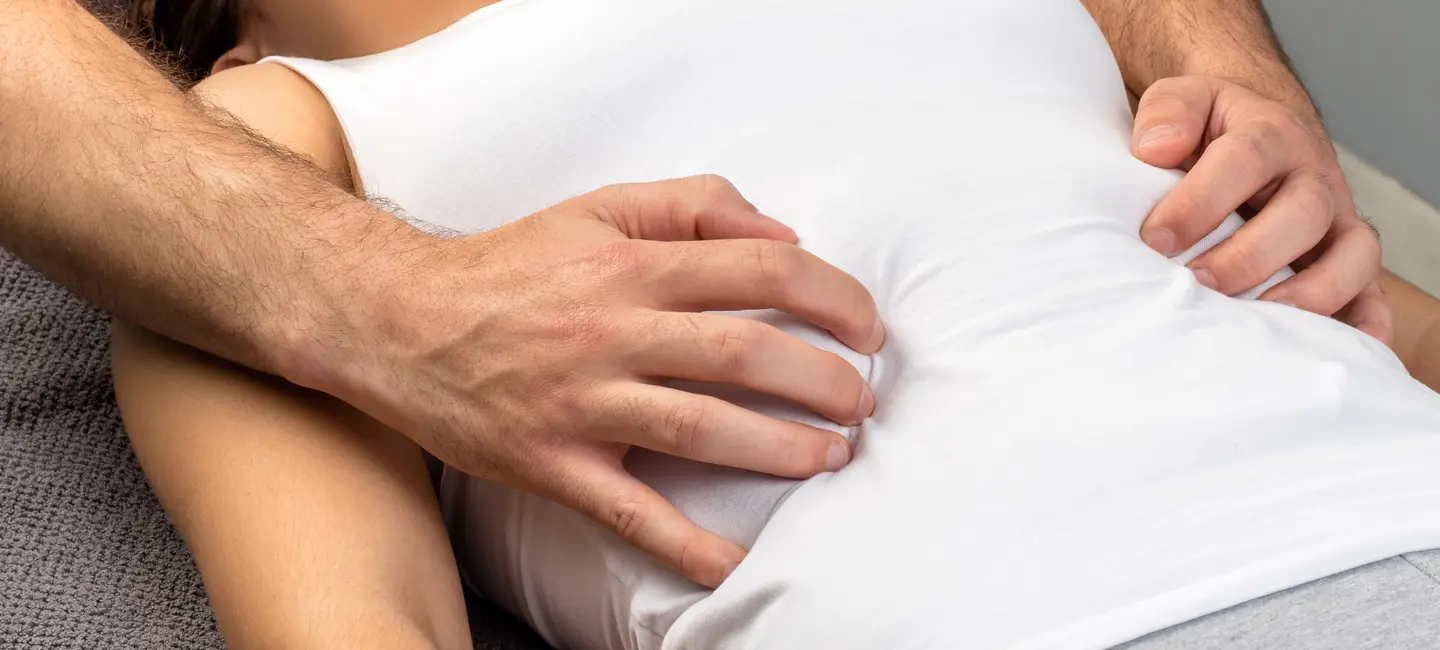
Rolfing is a type of massage therapy. It was created by a biochemist, Ida Rolf, PhD, in the 1950s. Practitioners of Rolfing can receive training. But there are no generally accepted standards or licensure.
Rolfing is used for pain, chronic fatigue syndrome (CFS), cerebral palsy, anxiety, and other conditions, but there is no good scientific evidence to support these uses.
Is It Effective?
NatMed Pro rates effectiveness based on scientific evidence according to the following scale: Effective, Likely Effective, Possibly Effective, Possibly Ineffective, Likely Ineffective, Ineffective, and Insufficient Evidence to Rate.
- Anxiety. Early research suggests that Rolfing might help to decrease anxiety in college students. However, it isn't known if Rolfing would help people with an anxiety disorder.
- Cerebral palsy. Early research suggests Rolfing can improve movement and function in people who are mildly or moderately affected by cerebral palsy. However, it does not seem to help people who are severely affected by cerebral palsy.
- Chronic fatigue syndrome (CFS). Very early research suggests that Rolfing might help people with CFS function better. It might help with their posture, breathing, and sleeping.
- Relaxation.
- Stress.
- Headache.
- Neck pain.
- Back pain.
- Osteoarthritis.
- Carpal tunnel syndrome.
- Other conditions.
More evidence is needed to rate the effectiveness of Rolfing for these uses.
Is it Safe?
Rolfing is a form of deep tissue massage. The massage is applied using a slow-moving pressure with knees, elbows, thumbs, fingers, and knuckles.
Rolfing practitioners, also called "Rolfers," believe that aging results in physical problems due to soft tissue or "fascia" binding up or stiffening around muscles. They believe that the tissue massage relieves the hardening and muscle dysfunction. However, there is no reliable scientific support for these beliefs.
Rolfing is POSSIBLY SAFE when used appropriately. Side effects have not been reported.
Special Precautions & Warnings:
Pregnancy and breast-feeding: There isn't enough reliable information to know if Not enough is known about the use of rolfingRolfing is safe to use when pregnant or during pregnancy and breast-feeding. Stay on the safe side and avoid use.
It is not known if this treatment interacts with any medicines. Before using this treatment, talk with your health professional if you take any medications.
There are no known interactions with herbs and supplements.
There are no known interactions with foods.
The appropriate or safe use of Rolfing depends on several factors such as the condition being treated or the person administering the treatment. Be sure to seek and follow relevant directions from your physician or other healthcare professional before using this treatment.
Intégration Structurale par le Rolfing, Intégration Structurelle, Manipulative Therapy, Médecine Physique, Méthode Rolfing, Physical Medicine, Rolfer, Rolfing Method, Rolfing Structural Integration, Rolfing Therapy, Thérapie Manuelle.
Information on this website is for informational use only and is not intended to replace professional medical advice, diagnosis, or treatment. While evidence-based, it is not guaranteed to be error-free and is not intended to meet any particular user’s needs or requirements or to cover all possible uses, safety concerns, interactions, outcomes, or adverse effects. Always check with your doctor or other medical professional before making healthcare decisions (including taking any medication) and do not delay or disregard seeking medical advice or treatment based on any information displayed on this website.
© TRC Healthcare 2024. All rights reserved. Use and/or distribution is permitted only pursuant to a valid license or other permission from TRC Healthcare.
